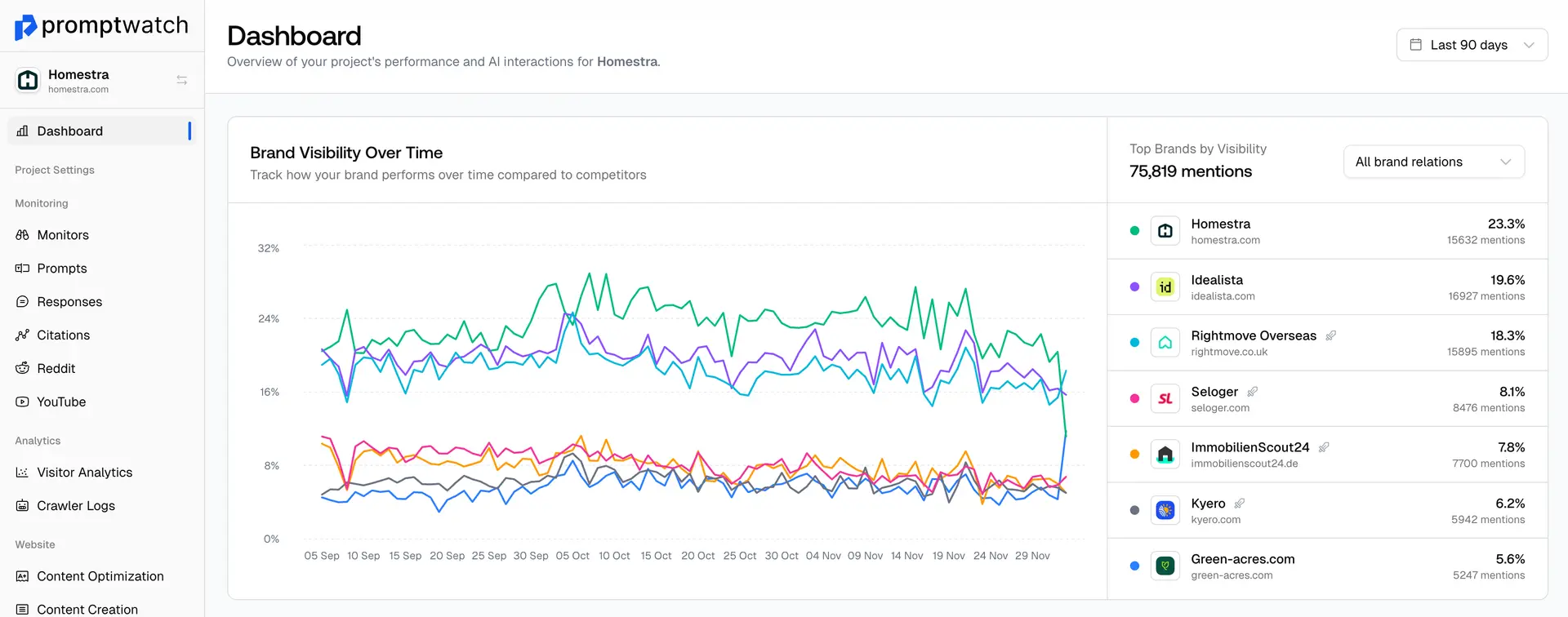Definition
Embeddings are numerical vector representations of text, images, audio, or other data that capture the semantic meaning and relationships between different pieces of information in a high-dimensional space. Created by machine learning models, embeddings transform human-readable content into mathematical formats that AI systems can process, compare, and manipulate.
Words, sentences, or documents with similar meanings will have similar embedding vectors, allowing AI systems to understand relationships, similarities, and contexts that aren't apparent from surface-level text analysis. Embeddings are fundamental to modern AI applications including search engines, recommendation systems, language translation, and content generation.
For GEO and AI search optimization, embeddings determine how AI systems understand and categorize content, influencing which pieces of content are considered relevant for specific queries. High-quality embeddings capture nuanced meanings, context, and relationships, making them crucial for AI systems to accurately match user intent with appropriate content.
To optimize content for embedding-based systems, focus on semantic richness, clear context and relationships, comprehensive topic coverage, natural language usage, and logical content structure. Different AI models create different embeddings, so content that performs well across multiple embedding models is more likely to be discovered and cited by various AI systems.
Examples of Embeddings
- OpenAI's text-embedding-ada-002 model converting article content into numerical vectors for similarity comparison
- Google's Universal Sentence Encoder creating embeddings that capture the meaning of entire sentences and paragraphs
- A content recommendation system using embeddings to suggest articles with similar topics and themes to users
